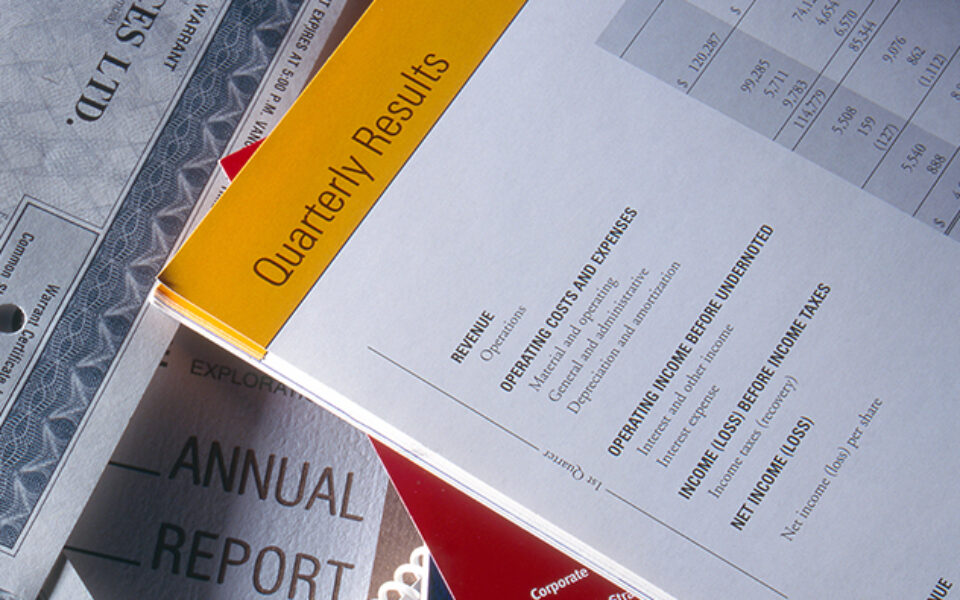Going Concern – Management’s Analysis of Substantial Doubt
By Jason Leo, Supervisor, Assurance Services
The Financial Accounting Standards Board (“FASB”) issued Accounting Standards Update (“ASU”) No. 2014-15, Presentation of Financial Statements – Going Concern (Subtopic 205-40): Disclosure of Uncertainties about an Entity’s Ability to Continue as a Going Concern. ASU 2014-15 is intended to define management’s responsibility to evaluate whether there is substantial doubt about an organization’s ability to continue as a going concern and to provide the related footnote disclosures.The main provisions, reasons for the provisions, and other points of emphasis are discussed below.
Under standards established by the Public Company Accounting Oversight Board (“PCAOB”), the auditor has a responsibility to evaluate whether there is substantial doubt about the entity’s ability to continue as a going concern for a reasonable period of time, not to exceed one year beyond the date of the financial statements being audited (referred to as a “reasonable period of time”). The auditor’s evaluation is based on his or her knowledge of relevant conditions and events that exist at or have occurred prior to the date of the auditor’s report. However, there has historically been a lack of guidance provided by accounting principles generally accepted in the United States of America (“U.S. GAAP”) as to what management’s responsibilities are in evaluating the organizations ability to continue as a going concern or the related footnote disclosures.
The newly issued provision expands upon Generally Accepted Auditing Standards (“GAAS”) by:
- providing a definition of the term substantial doubt
- requiring an evaluation by management of every reporting period including interim periods
- providing principles for considering the mitigating effect of management’s plans
- requiring certain disclosures when substantial doubt is alleviated
- requiringan express statement and other disclosures when doubt is not alleviated
- requiring an assessment for a period of one year after the date that the financial statements were issued or available to be issued
With the financial recession beginning in 2007 and many businesses struggling to stay afloat, uncertainties regarding entity’s ability to continue as a going concern began to become a larger financial reporting issue. While there is guidance provided by GAAS, there was no specific guidance in U.S. GAAP with regards to management’s responsibilities. The issued ASU will attempt to add consistency with the timing and reporting requirements by providing more definitive guidance.
There were differing views under the current practice on the meaning of substantial doubt as there was no definition provided by GAAS.The FASB decided to define the term substantial doubt in U.S. GAAP to reduce the diversity currently caused by differing interpretations of the meaning. It found that auditors were considering more than just the likelihood of an entity’s ability to meet its obligations when deciding whether there was substantial doubt. The FASB decided to add “probable” that the entity will be unable to meet its obligations as they become due within one year after the date that the financial statements are issued.The term probable adds the threshold needed to help better define the likelihood that an entity would continue as a going concern.
Although the guidance will not change the auditors’ responsibilities, it will add a level of consistency through the application of the standard and the assessment of going concern uncertainties. More importantly, the guidance puts emphasis on management’s responsibility for the evaluation of going concern uncertainties and the related note disclosures. Rather than performing the assessment independently or in conjunction with management, the auditor will need to assess management’s analysis. This assessment will include analyzing the assumptions utilized by management and considering the factors and plans in place to mitigate any uncertainties over going concern. Management is ultimately responsible for the financial statements and communicating the financial position of its entity to the users of the financial statements, so it is important that there should be a requirement for management to address any uncertainties regarding going concern and the future plans to alleviate the going concern.
Additionally, the ASU requires the entity to disclose in the footnotes information that enables the users of the financial statements to understand the principal conditions or events that raised substantial doubt even if the going concern has been alleviated. Before the ASU was issued, if substantial doubt about the entity continuing as a going concern was alleviated, there would be no required disclosure in the financial statements or footnotes. Now, even if the going concern is alleviated, there is a requirement to present the readers of the financial statements with the reason that going concern is alleviated.
On September 22, 2014, the PCAOB issued a Staff Audit Practice Alert to remind auditors to continue following existing PCAOB standards when considering a company’s ability to continue as a going concern. Auditors should look to the applicable financial reporting framework to assess management’s going concern evaluation and the related financial statement disclosures.
The amendments in the ASU are effective for annual reporting periods ending after December 15, 2016, and for annual periods and interim periods thereafter.Early adoption of the standard is permitted.
John Rushford, Assurance Services Partner contributed to this article.



















